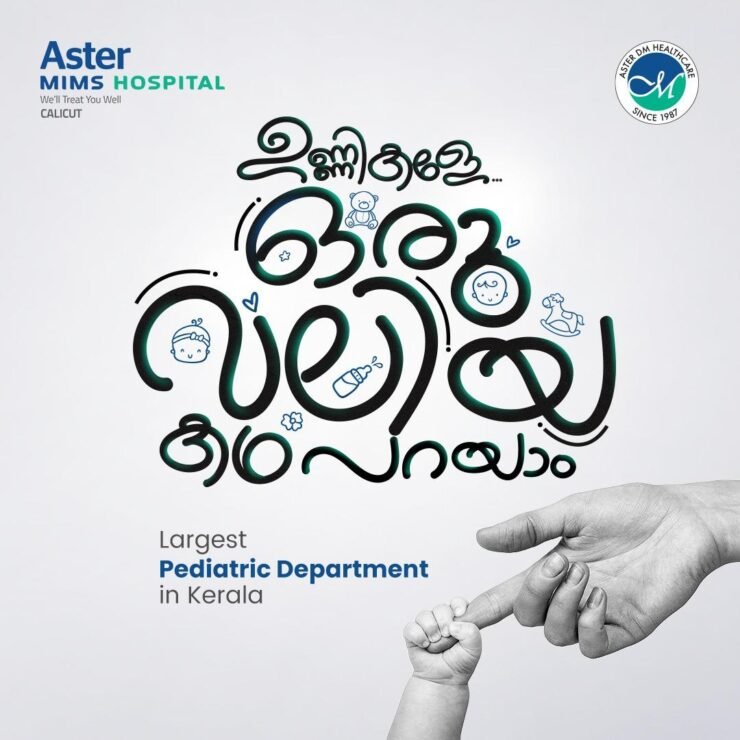In today’s fast-paced digital landscape, having a strong online presence is essential for the success of any business or personal brand. One of the key metrics that determines the effectiveness of your online presence is the amount of organic traffic your website receives. Organic traffic refers to the visitors who discover your website through unpaid, natural search engine results.
1. Keyword Research: Identify relevant keywords related to your niche using tools like Google Keyword Planner. Incorporate these keywords naturally into your blog content to improve search engine visibility.
2. Quality Content: Create high-quality, informative, and valuable content that addresses the needs and interests of your target audience. Solve problems, answer questions, and provide unique insights to establish your site as a valuable resource.
3. Consistent Posting Schedule:Regularly update your blog with new content. Consistency is key for search engines to index your site frequently and for your audience to anticipate and return for fresh information.
4. Optimize for SEO: Implement on-page SEO best practices, including optimizing meta titles, descriptions, headers, and image alt text. Ensure your website is technically sound, with a fast loading speed and mobile responsiveness.
5. Internal Linking: Include internal links within your blog posts to guide visitors to other relevant pages on your website. This not only improves the user experience but also helps search engines understand the structure of your site.
6. Promote social sharing: Encourage readers to share your blog posts on social media platforms. Social signals can positively impact your search engine rankings, bringing in more organic traffic.
7. Build backlinks: Actively seek opportunities to earn backlinks from reputable websites in your industry. Backlinks from authoritative sources can significantly enhance your site’s credibility in the eyes of search engines.
8. Engage with Your Audience: Respond to comments on your blog and engage with your audience on social media. Building a community around your content can lead to increased visibility and word-of-mouth promotion.
9. Optimize for Featured Snippets: Format your content in a way that answers common questions concisely. Google often pulls information from featured snippets, providing a quick answer to users’ queries and increasing your content’s visibility.
10. Monitor Analytics: Regularly analyze website analytics to understand what content is resonating with your audience. Use this data to refine your content strategy and focus on topics that drive the most organic traffic.
11. Long-Form Content: Create in-depth, comprehensive content. Long-form articles tend to perform well in search engine rankings as they cover topics more thoroughly, providing value to readers.
12.Visual Content: Incorporate images, infographics, and videos into your blog posts. Visual elements not only enhance the reader’s experience but also make your content more shareable on social media platforms.
13.Guest Blogging: Contribute guest posts to reputable websites within your industry. This can help you reach a wider audience, establish authority, and earn backlinks, ultimately boosting your site’s SEO.
14.Email marketing: Promote your blog content through email newsletters. Building an email list allows you to directly reach your audience and drive traffic to your latest blog posts.
15.Social Media Integration: Share your blog posts across your social media channels. Tailor your approach to each platform, using relevant hashtags and engaging captions to increase visibility and encourage clicks.
16.Update Old Content: Regularly revisit and update older blog posts to keep the information current and maintain search engine relevance. Google values fresh content, and updating existing articles can improve their rankings.
17.Create Pillar Content: Develop cornerstone or pillar content that serves as a comprehensive guide on a specific topic. This type of content can attract a substantial amount of traffic and serve as a cornerstone for building a cluster of related articles.
18.Local SEO: If applicable, incorporate local keywords into your blog posts to attract local organic traffic. This is especially important for businesses targeting a specific geographical area.
19.Responsive Design: Ensure your website is mobile-friendly. With the increasing use of mobile devices, Google prioritizes mobile-friendly websites in its rankings.
20.Participate in Online Communities: Join forums and online communities related to your niche. Participate in discussions and share your blog posts when relevant. This can drive targeted traffic from users who are genuinely interested in your content.
21.Offer Downloadable Resources: Create downloadable resources such as ebooks, whitepapers, or templates related to your blog content. This not only adds value for your audience but can also attract organic traffic through searches for downloadable resources.
22.Utilize Schema Markup:Implement schema markup to provide additional context to search engines about your content. This can enhance the appearance of your snippets in search results, making them more attractive to users.
23.Run Contests or Giveaways: Host contests or giveaways related to your blog content. This can generate buzz, increase social media engagement, and attract new visitors to your website.
By incorporating these strategies, you can establish a blog that not only attracts organic traffic but also positions your website as a valuable resource within your niche.














